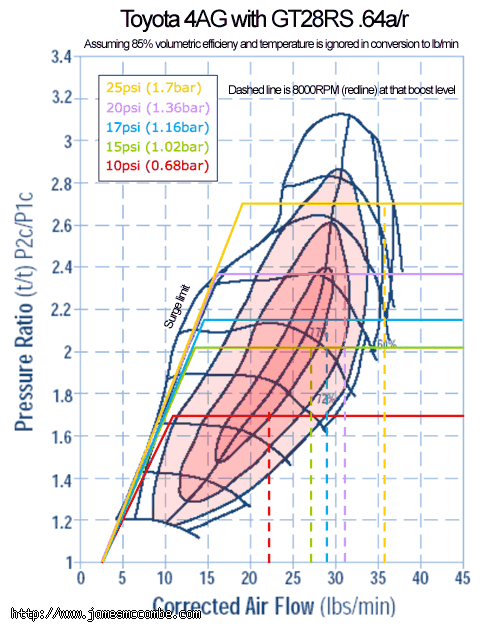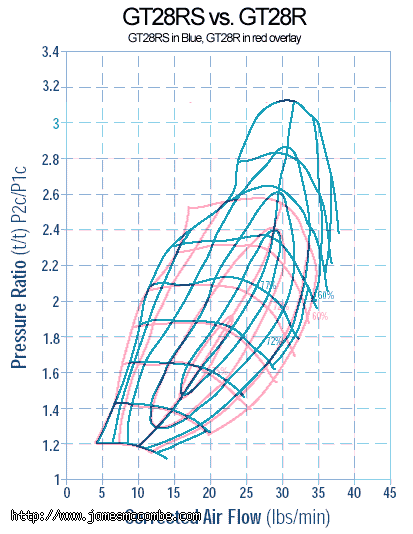Turbocharger
 This is always a complex decision, but one that will make or break the engine. It also very much depends on the purpose you have in mind for the engine. There is a key trade off the exists when selecting a turbo - boost response vs. top end power. If you install a very small turbo, it will take very relatively little exhaust gas velocity to have it "spooled up" and generating usable boost. This could be desirable for certain applications, however, due to its small size, it acts as a significant restriction in the exhaust flow, resulting in massively reduced volumetric efficiency of the motor, and thus reduced top end power. Also, due to the small size of the compressor housing and wheel, the compressed air from the turbo will also have a lot of heat imparted to it, also reducing combustion efficiency and subsequently, power output. Turning up the boost will only get you so much since intake temperatures will continue to rise massively, resulting in detonation and diminishing power gains. Large turbos traditionally have the opposite issues. Top end power can be massive - very little exhaust restriction and large compressor. This means high efficiency, but at the cost of all around driveability. There will be massively reduced power in the lower to mid RPM range and then suddenly, when the turbo gets spooled, you'll get a massive torque increase. For drag racing where peak power is of the essense, this would be a suitable solution. Turbocharger technology has been around for a long time and there have of course been advanced in its technology. Turbos traditionally used plane bearing with a oil feed to support the spinning shaft linking the compressor and turbine wheels. Nowadays, with Garrett's GT series of turbos, ball bearing technology has been refined to work in the harsh environment of the turbo. This results in reduces oiling requirement and hence decreased frictional drag losses. Also, advances in the availability and power of computerised fluid dynamics modelling have allowed for better simulation and accuracy in the production of turbo/compressor wheels and their housings. All of this research has essentially allowed for a narrowing of the gap between the two end of the turbo spectrum that we just discussed. It is now possible to select turbos which can have very nice combination of fast spool up and high end power. These are exciting times for the tuning enthusiast who wants to take on a custom turbo project - you will be amazed at the results. |
